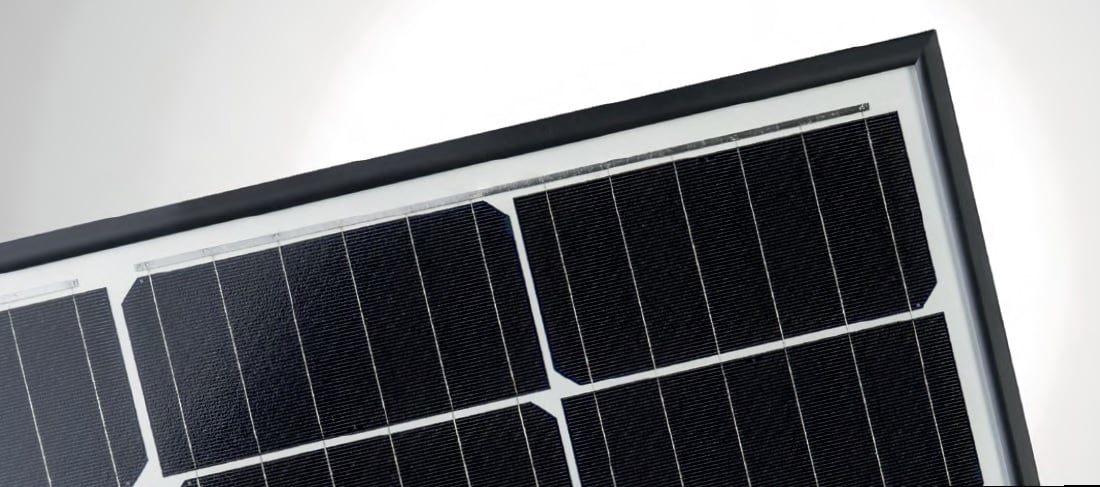
LONGi Solar’s all mono 3.0 era modules provides mainstream benchmark
‘Silicon Module Super League’ (SMSL) member LONGi Solar, and the world’s largest manufacturer of monocrystalline solar cells & modules, will introduce its 300W+ solar module series, based on 60-cell standard modules with over 300W nominal power and 72-cell modules exceeding 360W at Solar Power International.
This marks the entry into the PV 3.0 era, which is based on solar modules with nominal power ratings above 300W that are becoming available in large quantities this year, as the pioneers in production of high efficiency, high quality solar cells, such as mono PERC, are reaching GW-size production levels.
Unlock unlimited access for 12 whole months of distinctive global analysis
Photovoltaics International is now included.
- Regular insight and analysis of the industry’s biggest developments
- In-depth interviews with the industry’s leading figures
- Unlimited digital access to the PV Tech Power journal catalogue
- Unlimited digital access to the Photovoltaics International journal catalogue
- Access to more than 1,000 technical papers
- Discounts on Solar Media’s portfolio of events, in-person and virtual
Or continue reading this article for free
“PV 3.0 means that we are entering a phase that enables solar investors to use high efficiency, high quality and high energy yield crystalline modules of over 300 W nominal power for their solar installations,” said Mr. Zhengguo Li, President and Founder of LONGi Group.
The PV 3.0 era follows on PV 2.0 and PV 1.0, which in simple terms are defined as periods when modules had power ratings between 100 W and 300 W (PV 2.0), and solar panel power was below 100 W (PV 1.0).
The nominal power rating has been the key differentiator of solar modules since their introduction in the 1950s – and that’s what module customers pay for. High efficiency, high quality and high energy yield solar modules with power ratings above 300W will enable sustainable solar system designs that provide competitive levelized cost of electricity (LCOE) generation.
These technologies are not limited to the monofacial P-type PERC cells (Hi-MO1), but also the innovative bifacial P-type PERC in the form of its Hi-MO2 modules.
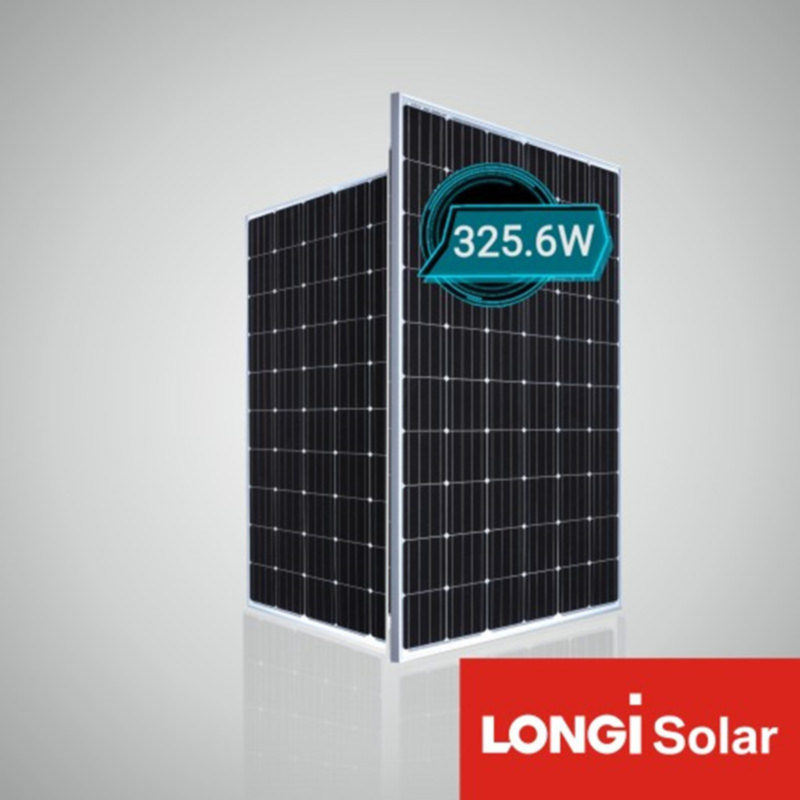
Hanwha Q CELLS launches Q.PEAK DUO with half-cut PERC cell technology
‘Silicon Module Super League’ (SMSL) member Hanwha Q CELLS, and the largest producer of PERC cell technology has saved a world premiere for SPI attendees with the launch of its Q.PEAK DUO module series, which combines half-cut cell technology, six-bus-bars and the company’s proprietary ‘Q.ANTUM’ PERC (Passivated Emitter Rear Cell) technology.
As a result, the monocrystalline modules reach efficiencies of close to 20% and power outputs of up to 330Wp from 120 half-cells and up to 395Wp from 144 half-cells.
“Hanwha Q CELLS will be setting another benchmark in terms of high-end performance and reliability of crystalline solar modules under real-life conditions”, said Seong Woo Nam, Chairman and CEO of Hanwha Q CELLS. “US customers and investors are looking for the highest possible yields and reliability from a bankable partner.”
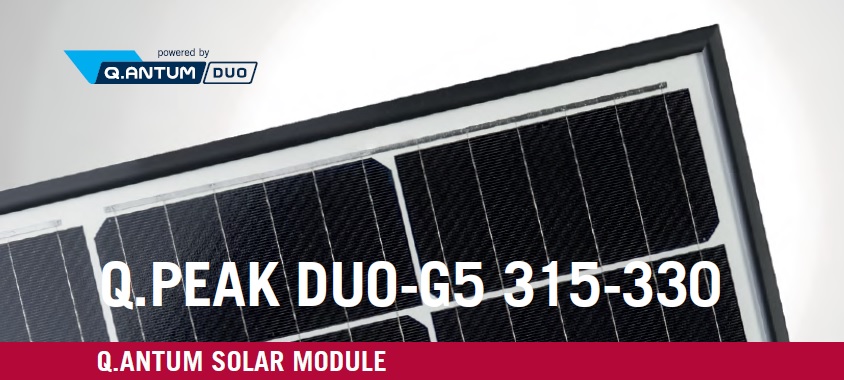
Lumeta Solar touts lowest installed cost hi-performance modules
California-based PV module manufacturer Lumeta Solar LLC is launching its ‘Lumeta Lynx’ line of solar modules that eliminate racking resulting in faster installation, zero roof penetrations, and improved aesthetics at SPI this year.
The low-profile, black-on-black, frameless monocrystalline modules adhere directly to the roof, dramatically reducing module installation time on tile, shingle, and commercial roofs.
“Lumeta Lynx offers the lowest installed cost and is more attractive than traditional rack-mounted solar modules,” said CEO and founder Timothy Davey. “Our product grew from customer demands for solar without roof penetrations, and has been redesigned to meet the needs of residential and commercial solar professionals.”
The Lumeta Lynx 60 is a high-peformance 300W 18.1% efficient module that is designed for both tile roofs, where it is installed using inserts that create a level surface, and composition shingle roofs.
The Lumeta Lynx 72 is a 360W 18.3% efficient module designed for installation on almost all commercial roof systems. Lumeta Lynx will begin shipping to select partners in Q4 2017 and be available throughout the United States in Q1 2018.
The Lumeta Lynx module series is said to weigh less than half of glass-fronted modules with racking, and their construction uses Dupont's ETFE (ethylene tetrafluoroethylene) that replaces the glass front sheet and enables heat dissipation and a FRP (fiber reinforced polymer) semi-rigid back sheet protects the cells.
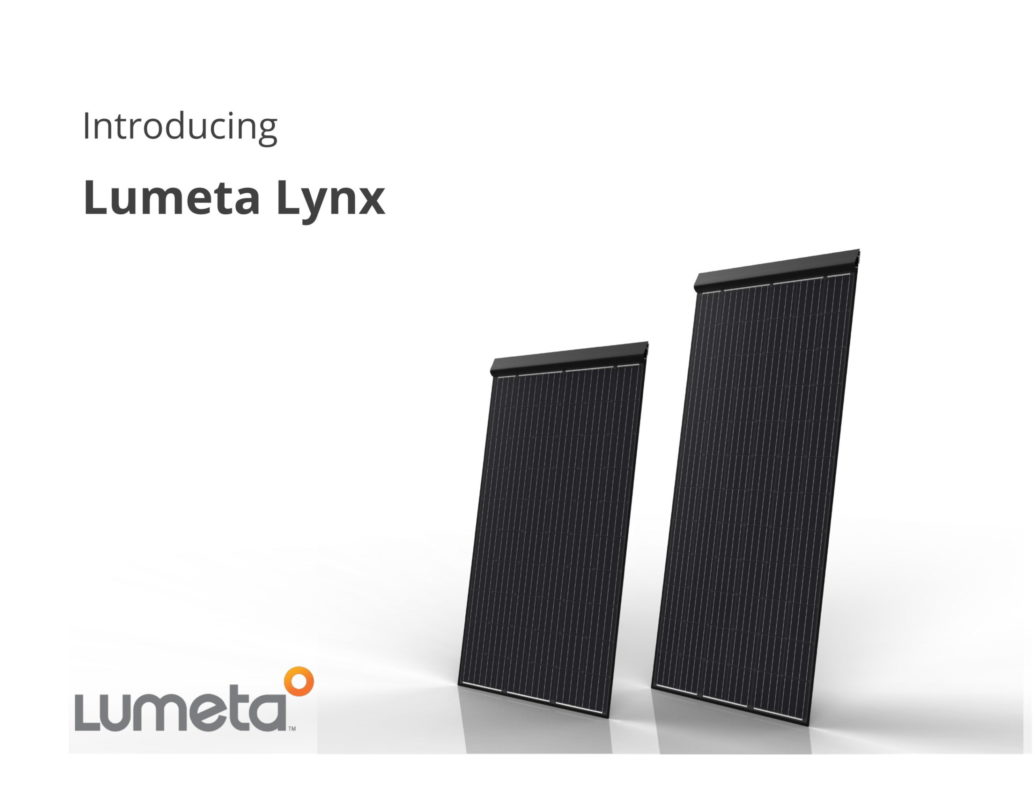
CertainTeed Solar highlighting 60 and 72-cell solar modules with max 365W
CertainTeed Solar has several upgraded products and an enhanced installer programs being showcased at SPI. The company is highlighting its US Series 60 and 72-cell solar modules, which have a maximum power output of 305W, while 72 cell modules reach up to 365W.
All US Series modules are American-made using domestic and foreign components, and rank among the most efficient solar modules manufactured in the United States. The modules are available individually or as part of CertainTeed's Solstice system, which includes the components necessary for rooftop installation.
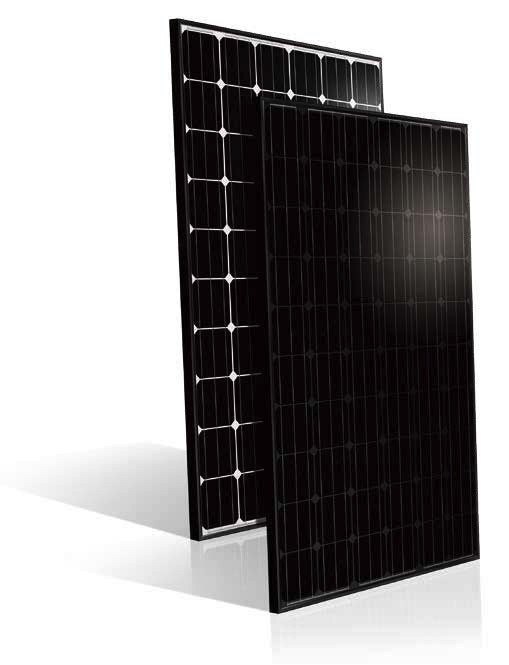
Mission Solar Energy has eyes on AC and heterojunction modules
Mission Solar Energy is displaying three new products at SPI, including AC and heterojunction (HJ) modules. The heterojunction and AC technologies are anticipated to attract attention for their higher panel power, increased lifetimes, and more stringent fire ratings.
“Our line of AC and heterojunction modules feature the very best of solar technology. We are gauging customer interest in these products, and based on market response, mass-production could begin as early as Q1 2018,” said Jae Yang, President of Mission Solar Energy.
In the 72-cell format, Mission Solar’s MSE HJT 72 Elite series module featuring Heterojunction technology produces 460W of power with a bifacial boost. The Elite consists of strong dual glass construction, not only durable but also aesthetically pleasing. This module has the ability to withstand high wind load, has a Class A fire rating, and a low thermal co-efficient.
The MSE PERC 60 AC module has an integrated micro inverter, which shortens installation time, simplifies inventory management, and maximizes system production in shady conditions.
Panel-level performance monitoring is another key advantage of the PERC AC. This module is tested and certified against a >210mph wind load, making it ideal for all locations.
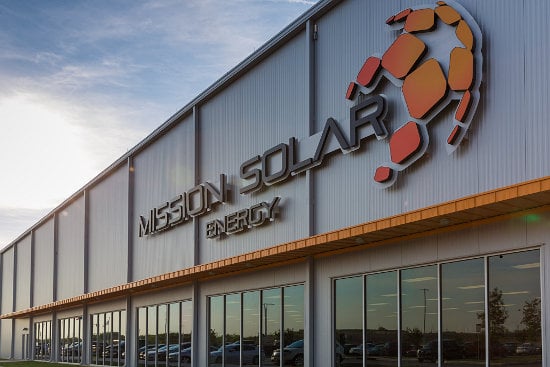
Solaria launches ‘PowerVision’-150 to transform building structures
Solaria Corporation is introducing its ‘PowerVision’-150 product to the electrical and solar distributor markets, which is said to be endorsed by leading glass and fabrication companies including Pilkington, AGC, and Walters & Wolf.
“By reimagining commercial and residential building structures, Solaria has devised its PowerVision glass in inventive new ways so that nearly every aspect of a building envelope —beyond the rooftop— can generate electricity,” said Nick Bagatelos, President of Bagatelos Architectural Glass Systems, Inc. “PowerVision builds on the success of PowerXT to enable building owners and developers to turn skylights, windows and building facades into electricity-generating assets.”
Solaria’s unique solar cell process technology has allowed the company to develop vision glass that can be used in locations not typically associated with solar panels; these include skylights, patios, and window openings, providing a see-through surface that generates electricity.
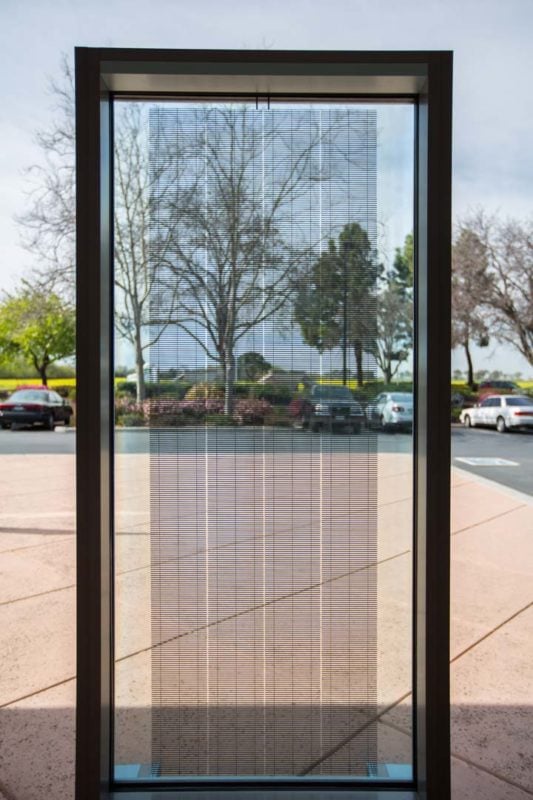
JinkoSolar brings half-cut cell and bifacial technology to US
Leading ‘Silicon Module Super League’ (SMSL) member JinkoSolar is showcasing its new ‘Eagle HC’ its half-cut solar cell module, which increases power output beyond 305W and 370W for both 60 and 72-cell formats. Eagle BF is a bifacial module, which is under development and ready for deployment soon, according to the company.
JinkoSolar's all black mono PERC modules can also be found on Green Builder Media's Flex House at SPI, a small, flexible demonstration home that is completely connected, intelligent, resilient, and sustainable, including a fully integrated smart plus solar system.
More updates to follow.
